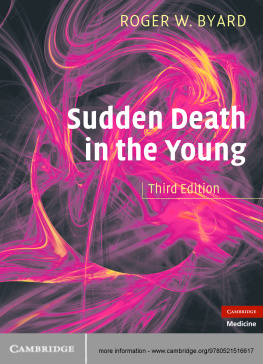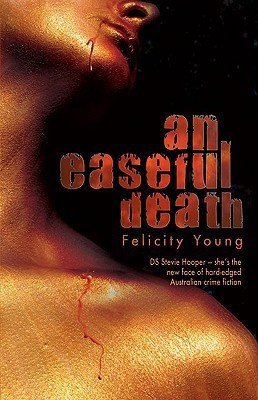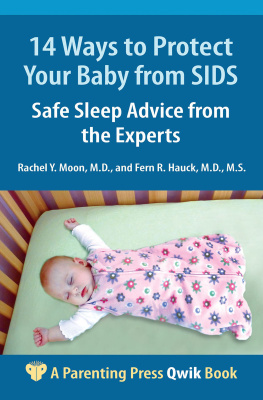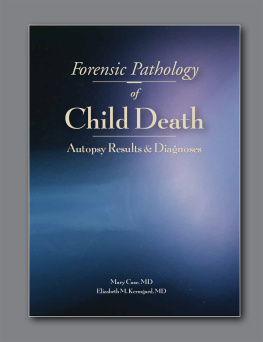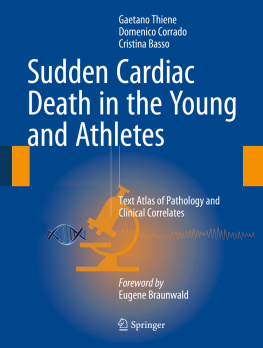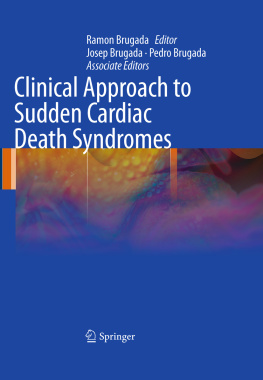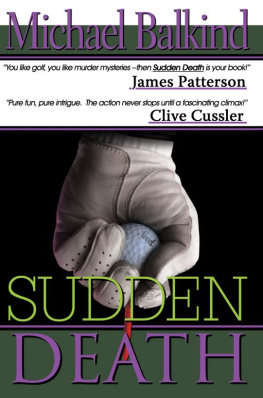To the memory of all of the children and young people who have contributed to this book
Preface to the third edition
Since the publication of the second edition of this text the subspecialization of pediatric forensic pathology has been under intense scrutiny. Pediatric cases have always been among the most difficult in forensic practice and the situation continues. One of the problems is the relative rarity of many of the described entities, which means that pathologists and clinicians sometimes have difficulty maintaining their expertise. This is one of the justifications for such a text as it provides descriptions and illustrations (where possible) of many obscure and complex conditions that are restricted to childhood. Thus, there has often deliberately been greater attention paid to rarer disorders, as these are the ones where the most guidance is required, to assist pathologists, lawyers, and clinicians in understanding diseases and injuries that may be encountered only infrequently.
The third edition has also extended the range of conditions and cases to include those occurring in fetal, perinatal, neonatal, infant, childhood, adolescent, and young adult life hence the change of title to Sudden Death in The Young . Specifically, there has been a chapter added on fetal, perinatal, and obstetric conditions, and the upper age limit has been extended to include young adults in their late twenties and early thirties. The reasons for this are reasonably obvious, as fetal and obstetric problems present in everyday forensic practice, and conditions that affect older adolescents are often identical to those affecting young adults. There has also been extensive rewriting of many of the other chapters with the addition of further uncommon conditions that may cause unexpected death.
The chapters on intentional and non-intentional injury have been enlarged considerably to reflect the importance of trauma as a cause of death in the young, and to demonstrate again the significant role that pathology may play in injury prevention in the community. High-profile trials and inquiries continue to draw attention to the complexities of inflicted pediatric trauma and the problems that may arise in attempting to clearly establish causes of death.
In addition, the latest text has been significantly expanded with over 350 new figures and the use of color throughout. There has been a deliberate attempt to provide as many images as possible given the rarity of many of the described conditions. While some readers may not necessarily like this atlas approach in a standard text, they should be thankful that, as a picture is worth a thousand words, the amount of text has probably been substantially reduced.
In addition to focusing on illustrations, the extensive referencing that was a feature of earlier editions has been maintained with the addition of hundreds of new references. This style has been continued, as one of the purposes of the text is to provide a one stop shop for those who are interested in getting as much information as possible about a particular condition, without having to spend extra time extensively reviewing the background literature. Where possible this has already been done, with citation of not only the most recent references, but also of many older references. While this may not be popular in some branches of science, it is important in forensic pathology and medicine, as some of the earlier observers wrote extensively and well on many conditions that are much less common nowadays. Unfortunately modern doctors may also simply not have the wealth of experience that pathologists and clinicians from previous eras had (hence the works of Hippocrates, Virchow, and Caspar are referenced unapologetically).
Despite the somewhat tarnished reputation of the case report, observational studies remain extremely important in providing examples of unusual aspects of disorders, and in illustrating specific pathophysiological principles. Thus, wherever possible, case descriptions of particular conditions and diseases have been given. Although it has been asserted that the plural of anecdote is not data, this demonstrates a lack of understanding of the crucial role played by well-described observations in the fields of both medicine and the law.
Developments in genetics continue and so the genetic background of many diseases has been provided. As many of these conditions may be identified in an individual for the first time at autopsy, there is a great need for accuracy in postmortem diagnosis, with appropriate tissue sampling and investigation.
As was noted in the previous editions, it would seem that we are on the threshold of discovering mechanisms for many childhood conditions that will lead to improved understanding and diagnoses, with the development of screening tests and treatment regimes. However, given the rarity of many of these conditions, thorough postmortems remain essential in identifying cases and enabling further studies to be undertaken. The complex nature of many of these conditions means that although the information in the book is a current and accurate summary of the literature at the time of writing (to the best of the authors knowledge), new information and data may alter intepretations and opinions over time. This is merely a reflection of our steadily advancing knowledge in the field of sudden death in the young.

